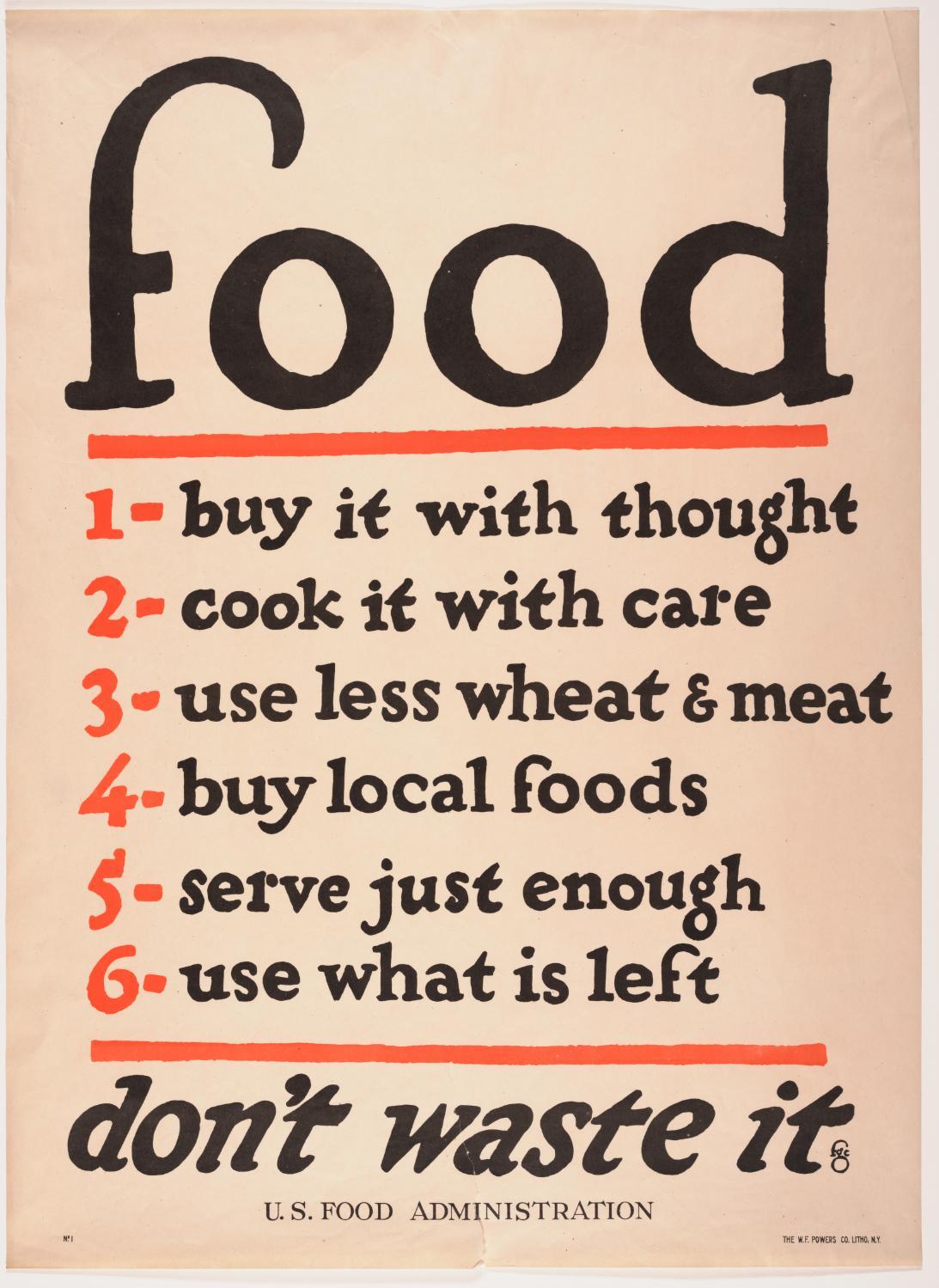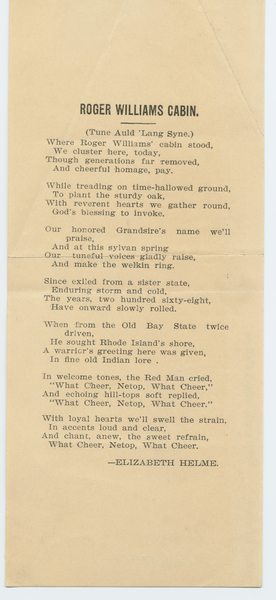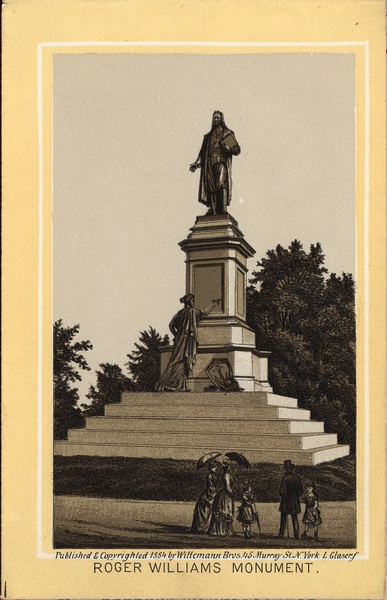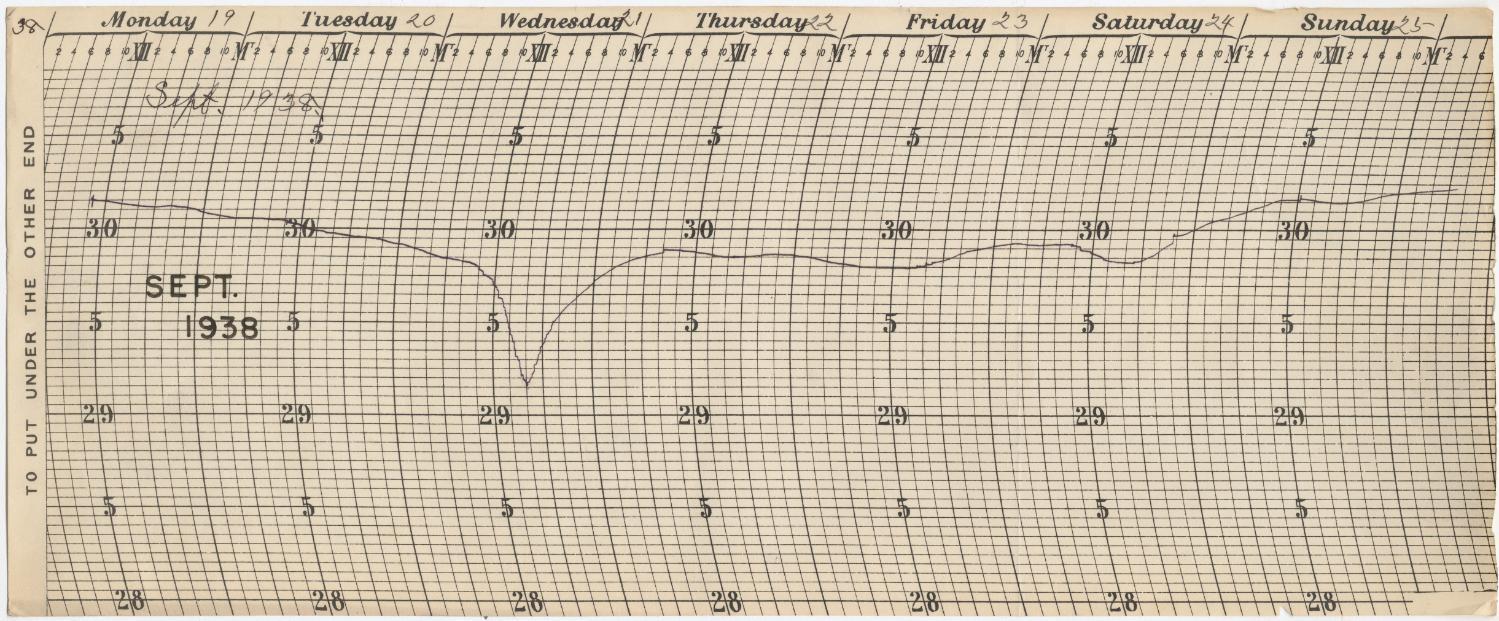As spring arrives, many of us begin to plant our vegetable gardens. Our cold weather crops–peas, spinach, and carrots–are already in the ground and we’re dreaming of ripe tomatoes.
During World War I, many citizens planted Victory Gardens, vegetable, fruit and herb gardens, at homes and parks. These were designed to reduce the pressure on the food supply while boosting morale. The National War Garden Commission, organized in 1917, launched this war garden movement as well as a poster campaign encouraging the planting of these gardens.
The Anne S.K. Brown Military Collection is fortunate to own a number of posters promoting Victory Gardens.

“War Gardens Over the Top” shows a young boy with a hoe chasing fleeing ripe vegetables. The drawing is by Maginel Wright Barney, a children’s book illustrator and younger sister of architect Frank Lloyd Wright.

The image in “The Seeds of Victory” was used in a number of posters. The illustrator, James Montgomery Flagg, is best known for his political posters, particularly his World War I recruiting poster featuring Uncle Sam pointing at the viewer with the caption “I want YOU for the U.S. Army”

“Food: Don’t Waste It” features sentiments that are familiar to us today. How often do we hear that we should shop carefully, cook certain ways, use less meat, buy locally, and eat less?

First Baptist Church, Providence, RI
James Carroll’s opinion piece in the Monday, November 19, 2012 issue of the Boston Globe was titled “How R.I.’s Roger Williams Gave us Thanksgiving as we know it.” Hmm. . . . That immediately halted my search of our digital collections for turkeys, grandma’s house, and proclamations. He begins by saying that “Americans are confused about Thanksgiving” and goes on to talk about Roger Williams, “a Puritan who defended the right, one could say, to be religiously impure.”
This got me reflecting on Roger Williams and our collections. As I was sitting at my desk I looked out the window and realized I was looking at the First Baptist Church in America, established by Roger Williams in 1638. This is the first and oldest Baptist church in the New World. Williams belief in the practices of the church wavered throughout his life, but he remained steadfast in his defense of religious freedom, and his influence caused Rhode Island to be a unique haven of religious liberty in the seventeenth century
The story of Roger Williams’ search for religious freedom and expulsion from Massachusetts is repeatedly told. Here it appears in a broadside to be sung to the tune of “Auld Lang Syne.” As Williams stepped ashore on what is now Gano Street in his search for freedom, he was supposedly greeted by friendly native Americans. The words in the final line, “What Cheer, Netop, What Cheer” were supposedly spoken to the banished Puritan Roger Williams, by the Narragansett Indians as they encountered each other in what would become Rhode Island.

“Roger Williams Cabin”
As we begin the holiday season with Thanksgiving, we should keep James Carroll’s opinion piece in mind and “look back gratefully at those who created the American ideal. . . . Roger Williams did indeed create the American soul. He’s the founder to whom, therefore, the nation’s deepest thanks are due. But the way to express such gratitude is by protecting authentic religious liberty from those who, using the phrase as a banner, would destroy it.”

Roger Williams Momument
Today, September 21, 2012, is the anniversary of the Great Hurricane of 1938 which struck New England, killing approximately 600 people and causing millions of dollars in damage.
As a typical New Englander who is obsessed with weather-watching, I was excited to find this recording of barometric pressure for the week of the hurricane among the items Digital Production Services has digitized for the Ladd Observatory. The enormous dip in the pressure occurred the day of the hurricane.

Although Brown was fortunate in that it did not experience the same level of devastation which hit much of the state, there was still damage. Here an automobile (can you identify it?) is crushed by one of the stately trees on the campus.









